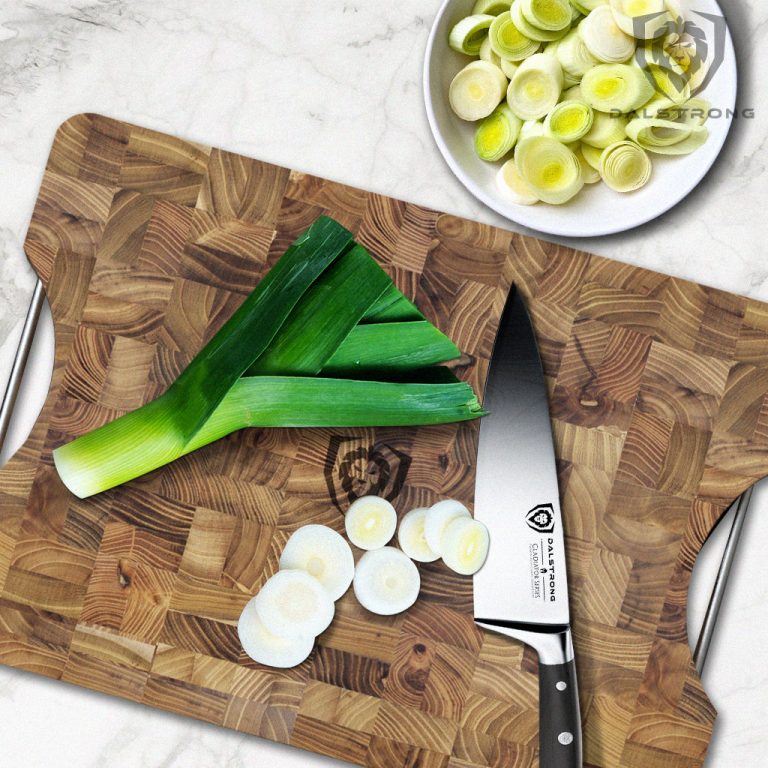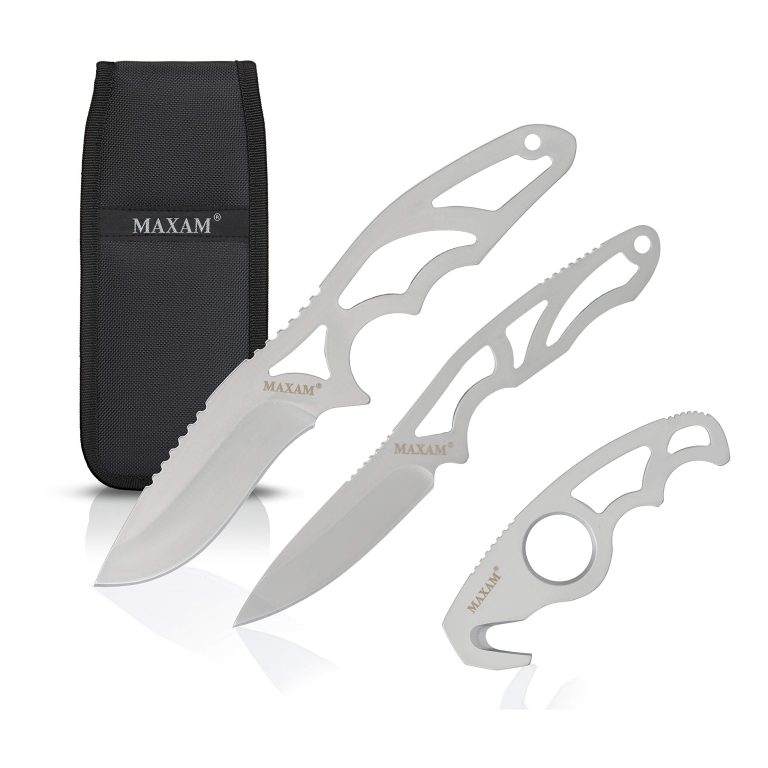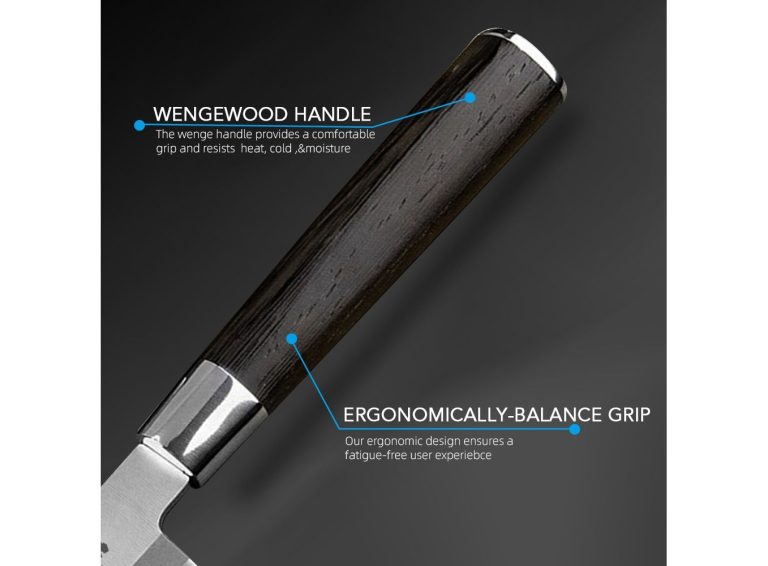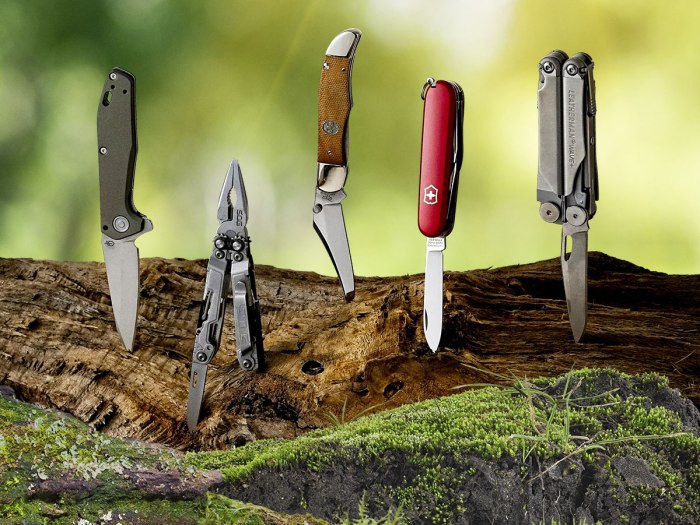Seven Materials used to make knives Blades
Choosing the right knife as a chef is paramount. In this guide, we’ll explore the diverse materials employed in crafting knives, aiding you in making informed decisions.

Knive blades derive from various materials, each possessing unique attributes. Some are resistant to staining, while others prioritize hardness over brittleness.
Common blade materials include:
1 High-Quality Stainless Steel:
This material reigns supreme due to its durability and corrosion resistance. However, different grades exist, varying in composition and stain susceptibility. Despite its rust resistance, stainless steel blades may stain in specific conditions and tend to be less sharp.
2 Damascus Steel:
Steeped in history, Damascus steel traces its origins to Ancient South India. While the original production method remains lost, modern forging techniques replicate its exquisite texture, utilizing advanced materials.
3 Titanium:
Renowned for its strength and rust resistance, titanium knives boast a distinct dark silver hue. Despite its durability, titanium blades are comparatively softer and may lack sharpness, often coated with alternative materials.
4 Carbon Steel:
Characterized by exceptional sharpness, carbon steel blades are prone to rust, corrosion, and discoloration. Before stainless steel’s prevalence, carbon steel dominated kitchen knife production. However, high-quality kitchen knives now seldom employ this material, requiring meticulous care to prevent deterioration.
5 Laminated Steel:
These blades comprise layers of diverse steel types, offering enhanced strength and versatility compared to single-alloy blades.
6 Ceramic:
While less common, ceramic knives feature exceptionally hard blades, retaining sharpness for prolonged periods. However, their brittle nature renders them susceptible to cracking upon impact.
7 Plastic Blades:
Primarily utilized for disposable knives, plastic blades are less prevalent than ceramic counterparts. Typically serrated, these blades are unsuitable for sharpening and serve temporary purposes.






